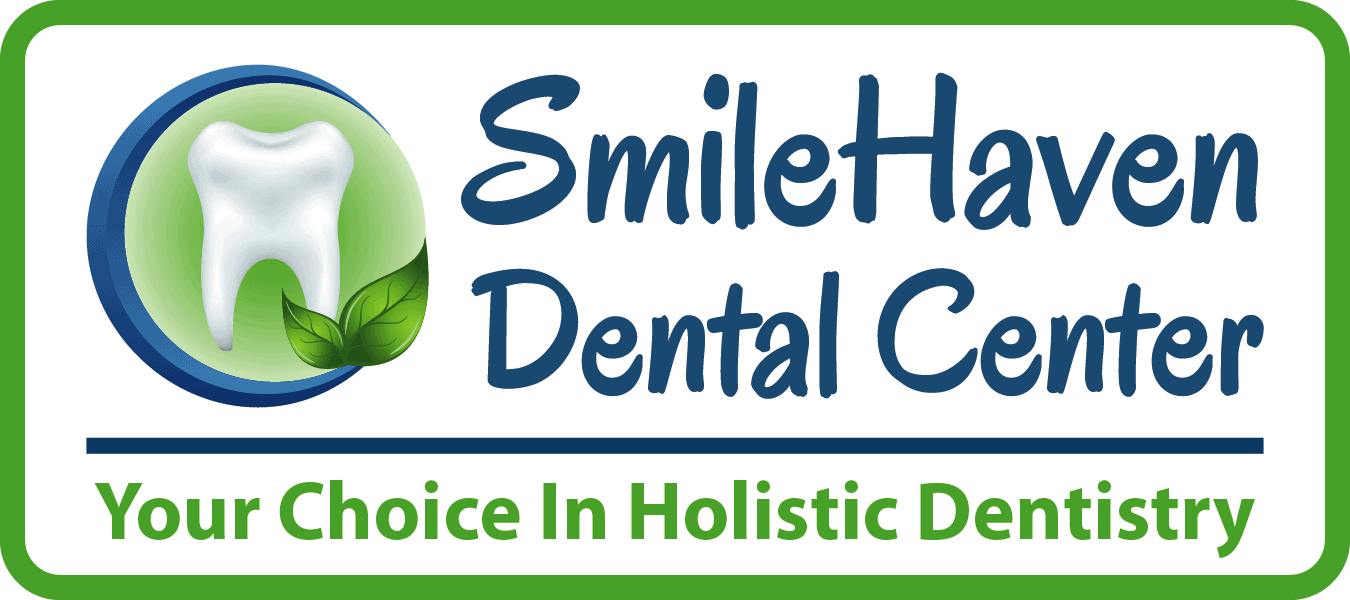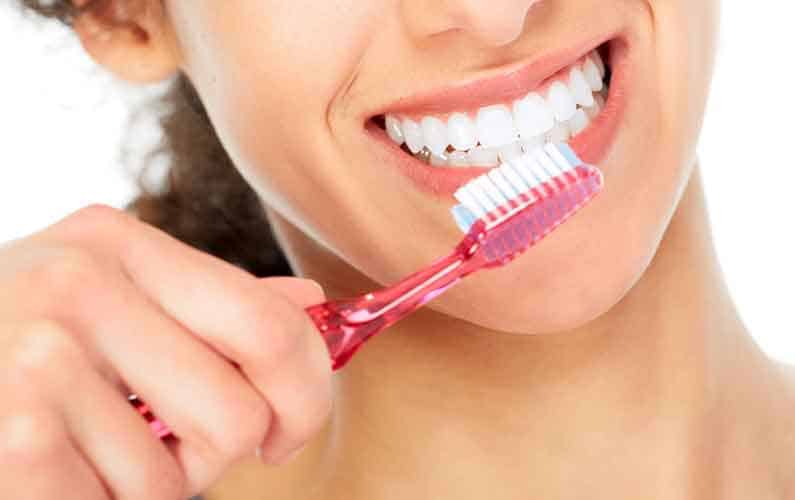Typically, people say they brush their teeth daily and there’s a good chance most of them probably do. But brushing any old way just won’t do the job of removing plaque and neither will brushing without flossing.
Consult your dentist about the methods and dental aids that suit your mouth to make sure you have mastered these techniques. It takes some practice.
Proper brushing involves both teeth and gums. Dentists now advocate the use of a soft bristle brush and gentle scrubbing, better yet, a sonic brush that doesn’t create friction; the hard bristle brush and vigorous sawing motion advocated in the past can be harmful to the teeth and gums.
Place the brush at a 45 degree angle against the teeth and gums, aiming the bristles up on the upper teeth, down on the lower teeth, so that the bristles actually enter the gum space.
Then move the brush from side to side in a quick, light scrubbing motion. Brush section by section until you go completely around your mouth. When you’re finished brushing the outside teeth and gums, open your mouth wide and use the same technique to brush the inner surfaces of the teeth and gums and the chewing surfaces of every tooth.
It is important to prevent gum disease by cleaning thoroughly all around each tooth and into the gum space every day. Flossing is necessary to disrupt colonies of bacteria that regroup every 24 hours. If you don’t remove bacterial plaque, it builds up into a hard deposit called calculus or tartar. More plaque forms on top of the calculus, irritating the gums and eventually forming a pocket between the teeth and guns, which then will lead to eventual toothlessness.
To floss your teeth:
Break off a strand of floss about 18 inches long. Loop one end around the middle finger of one hand and the other end around the middle finger of the other hand.
Use your thumbs and forefingers with about an inch of floss between them to guide the floss between your teeth.
Hold the floss tightly and use a gentle sawing motion to insert the floss between your teeth. Don’t snap the floss into the gums. When the floss reaches the gum line, make it into a C-shape against one tooth and gently slide it into the space between the tooth and gum until you can feel a slight resistance.
While holding the floss tightly against the tooth, move the floss away from the gum by scrapping the side of the tooth. Repeat the process on the adjacent tooth and gum space and on all the rest of your teeth, including the backsides of the last teeth.
Some dentists also recommend the use of gum stimulators made of balsa wood or rubber. These devices are inserted between the teeth to massage the gums and clean out the plaque. It tightens the tissue – healthy, tough tissue resists disease better.
For more information. Please call 619-464-2801 for a consultation appointment.

